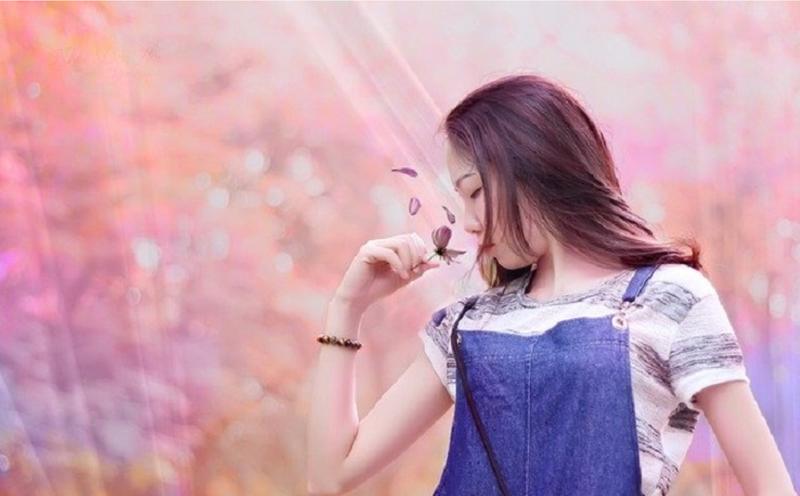27/7 As A Mixed Number

Whether you lot're trying to learn more than nearly the psychology behind colors or yous're a budding artist trying to mix colored paints together to make a masterpiece, it's imperative to know a scrap about main and secondary colors and how to mix them to create purple shades ranging from soft pastels to vivid hues for royalty. Read on to learn more about principal and secondary colors, complementary colors, and of grade, how to mix colors to brand royal.
Chief, Secondary & Third Colors
To empathize how to make regal, you lot should offset familiarize yourself with master colors. The three primary colors in the color wheel are red, blue, and yellow. Essentially, this ways that whatever other color in the world is a mixture of two or more of these colors. In that location are also three secondary colors, and they are purple, green, and orangish. Secondary colors are a effect of mixing two master colors together. Beyond these six colors, in that location are also six third colors. Tertiary colors are a mixture of principal and secondary colors, or a mix of many colors together. These 6 colors are vermillion, magenta, violet, teal, chartreuse, and amber. If you're mixing colors together for the purposes of art, knowing how to make tertiary colors is vital.
West chapeau About Black and White?
Neither black nor white appears on the color bike because they are not traditional colors. Black indicates the absenteeism of lite, which means no colors on the color wheel are visible. White is a combination of all visible colored light, but this is simply in nature. If you tried to combine all of the colors on the color wheel, your cease issue would not exist white. In fact, information technology would likely exist a muddy dark-brown.
H ow to Make Purple
Because imperial is a secondary color, it is the issue of mixing two primary colors together. To make a shade of purple, you would mix red and blue together. If you mix an equal amount of cherry and blue together, you'll have violet, a third color and a mixture that is known every bit "pure regal." If you mix together different amounts of reddish and blue, yous'll create hues that are redder or bluer, depending on the ratio.
Thousand aking Dissimilar Shades of Purple
Beyond pure imperial, you may want to create unlike shades, such as lavender or aubergine. Remember that pure imperial is a fifty/fifty combination of scarlet and blue. To make lavender, which is a calorie-free shade of purple, your aim would be for 50 percent blue and l percent red, cut with white paint. To make aubergine, a darker hue, you'd want 51 percentage red, 43 percent blue and 6 percent black. A plum colour requires 41 percent red, 39 percent blue and 20 percent greenish.
C omplementary Colors
Depending on your projection, learning about complementary colors may be worthwhile. Essentially, complementary colors are opposite each other on the color wheel. When used together, they complement each other well (they are a good match). Purple's direct complementary color is yellow.
27/7 As A Mixed Number,
Source: https://www.reference.com/science/colors-mixed-together-make-purple-4c8ff196ae3d2cde?utm_content=params%3Ao%3D740005%26ad%3DdirN%26qo%3DserpIndex&ueid=06dd98a9-43c4-43f6-bb07-28c3f816e472
Posted by: cardonaformiscrad.blogspot.com


0 Response to "27/7 As A Mixed Number"
Post a Comment